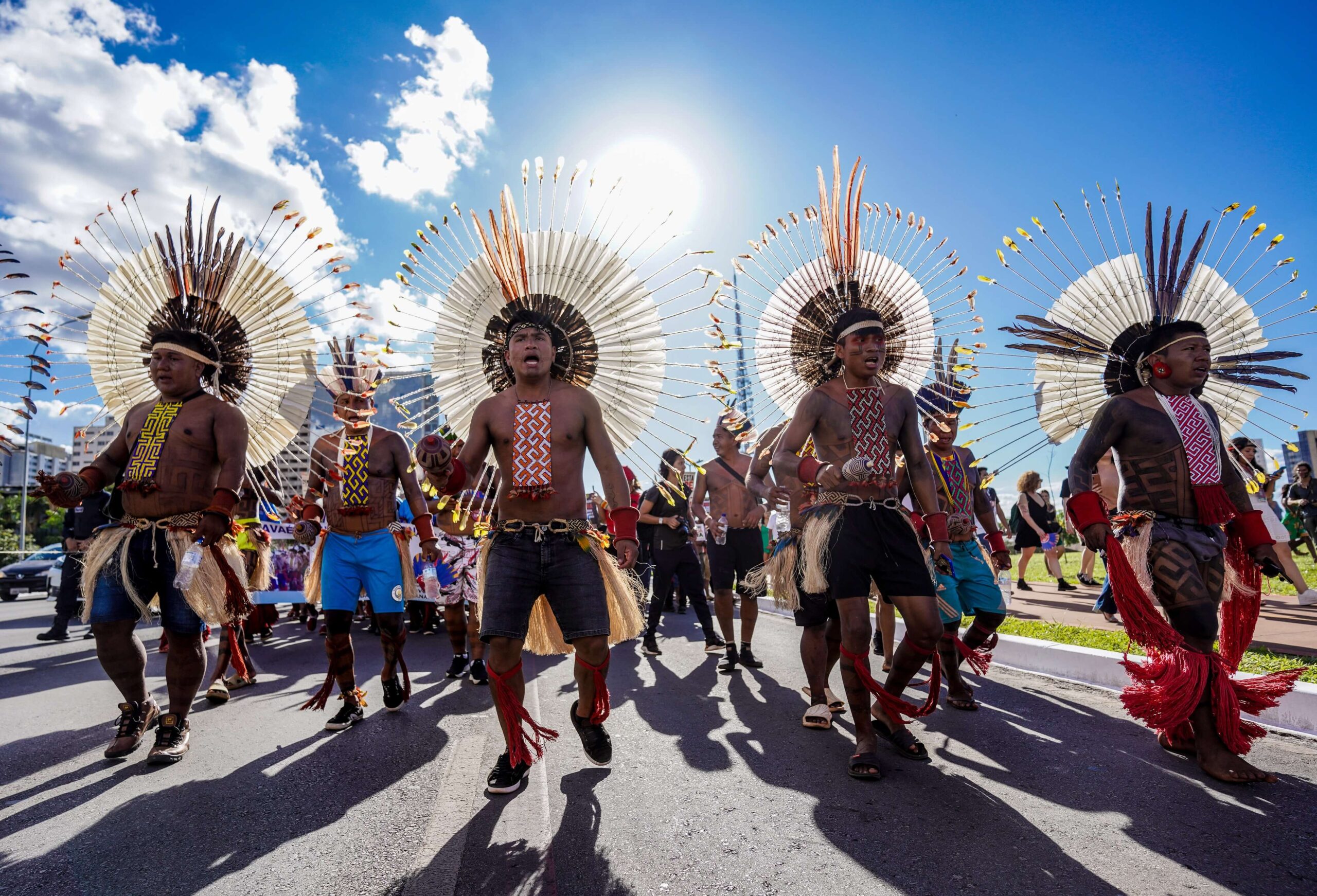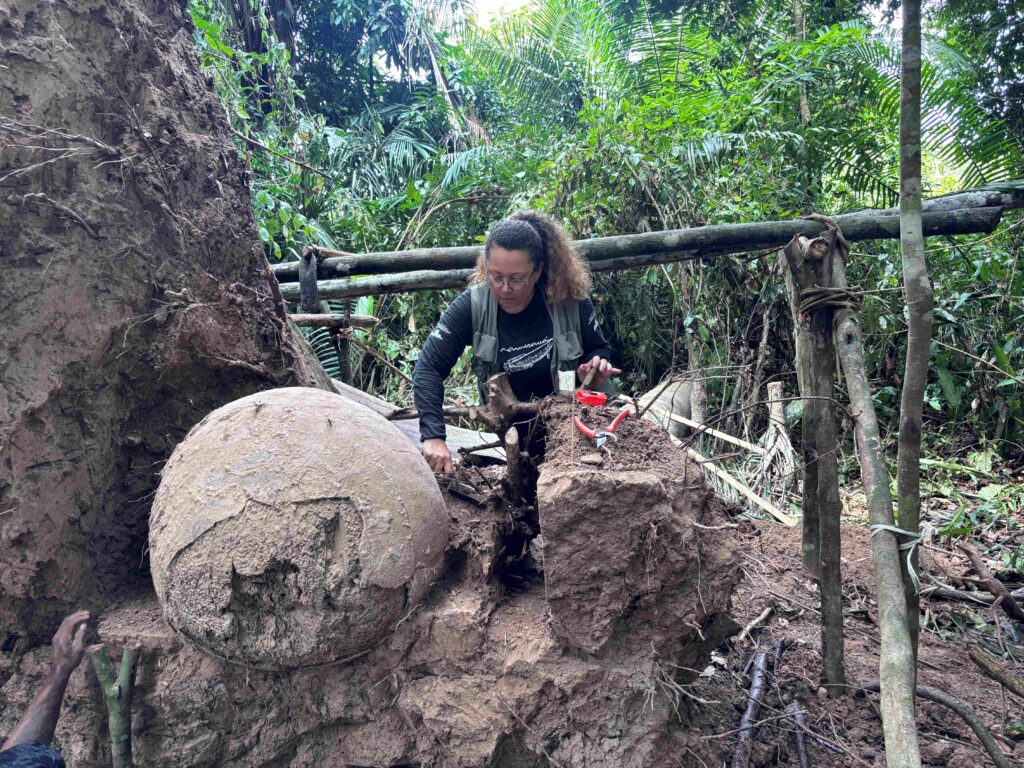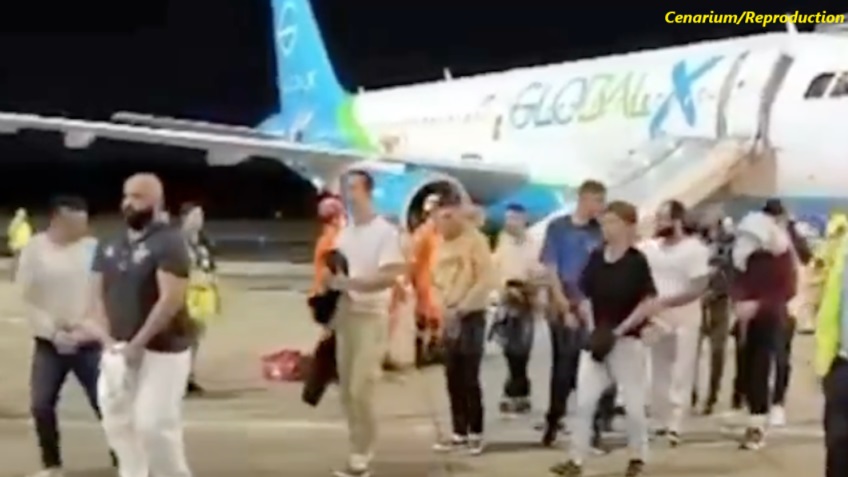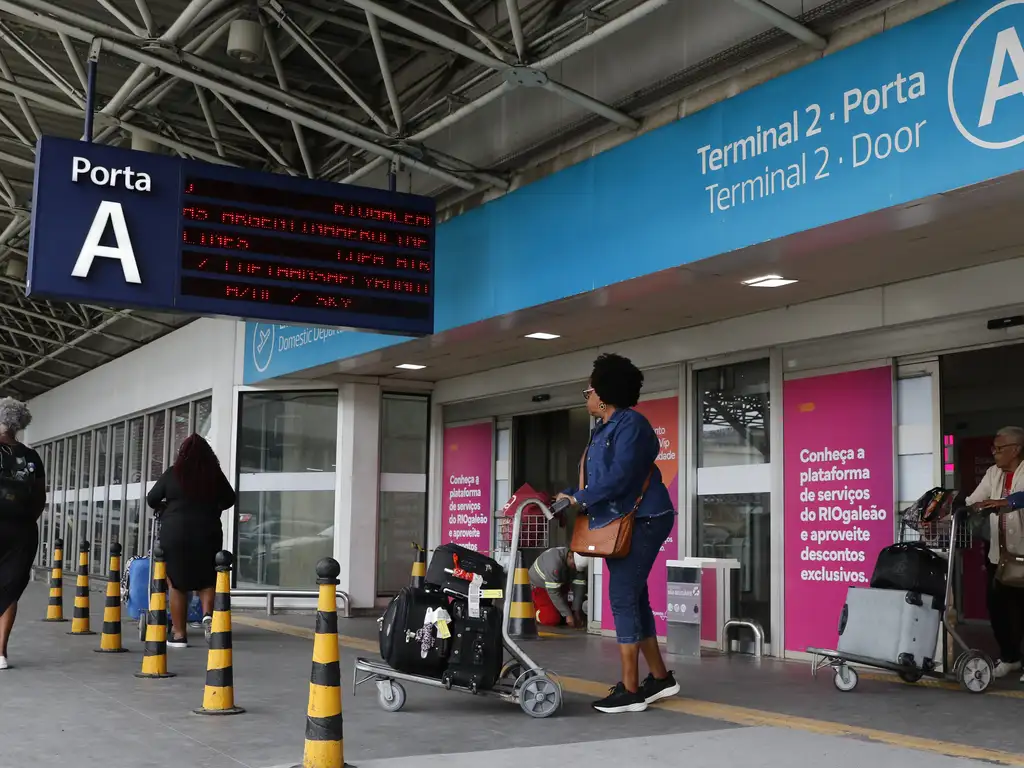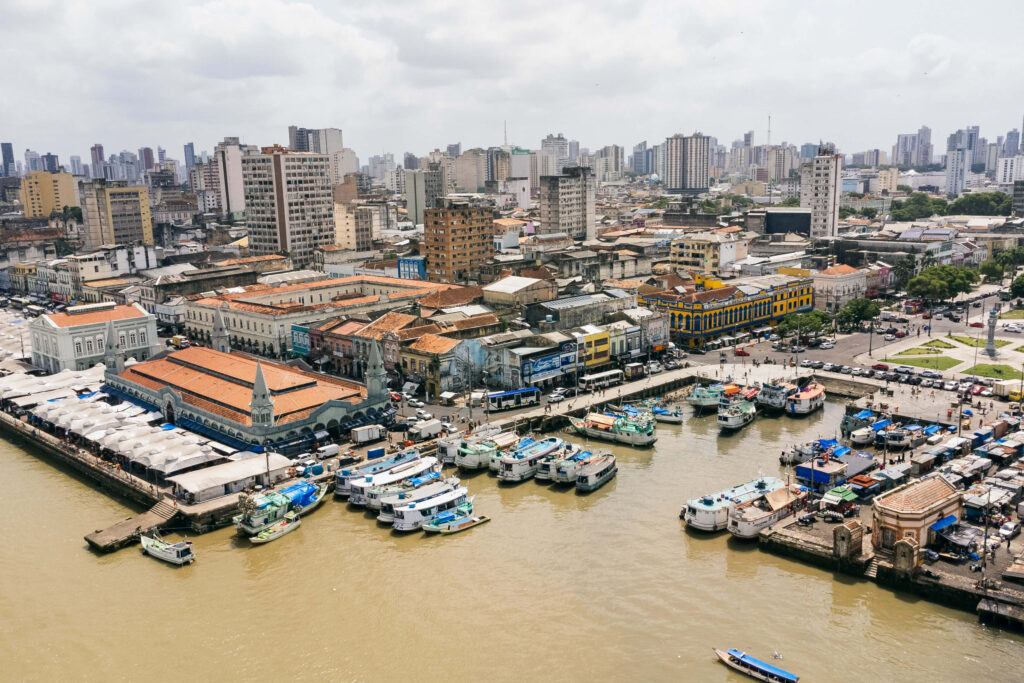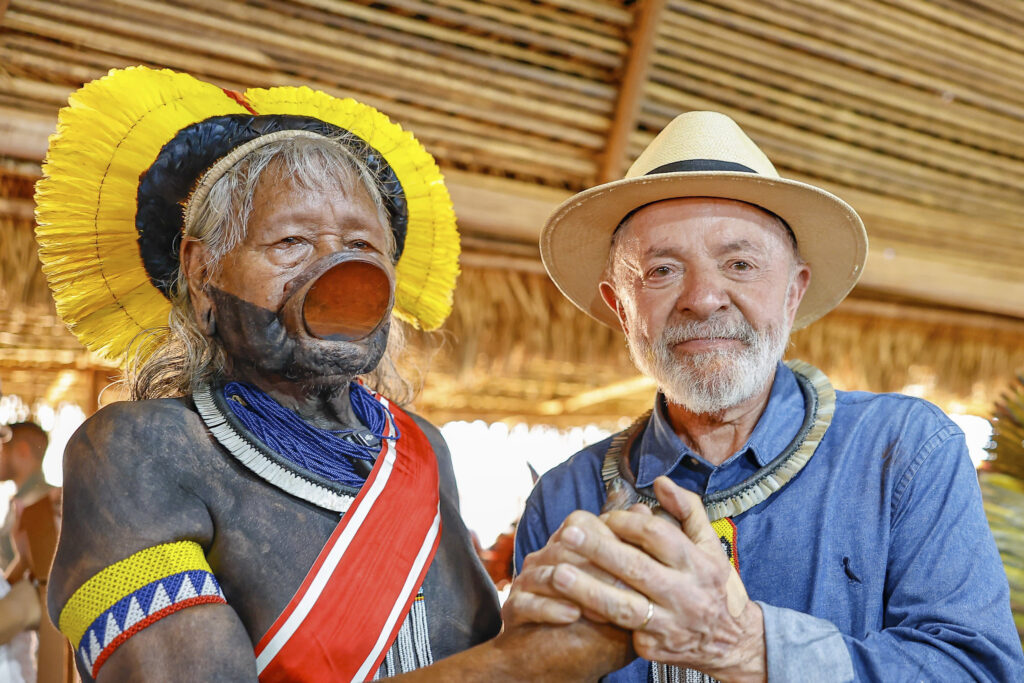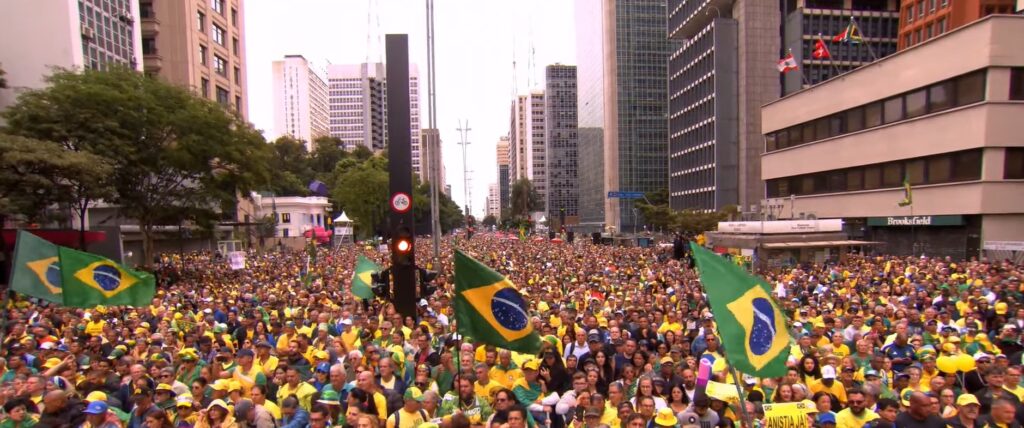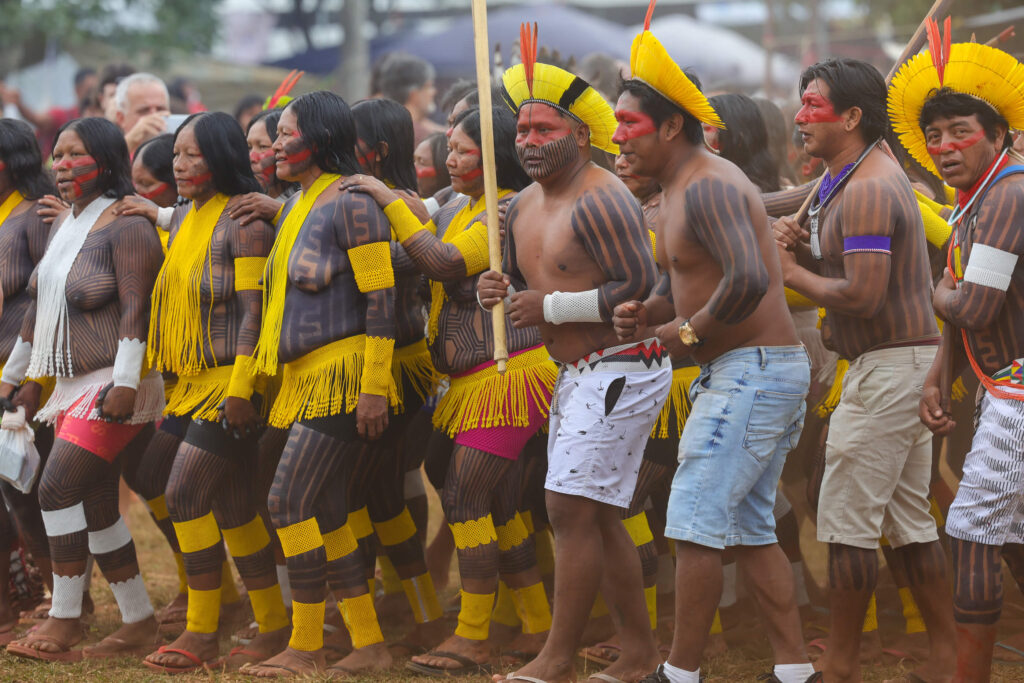São Paulo, Brazil – The amount of young people within Brazil’s Indigenous population is growing according to 2022 census data released this month by the Brazilian Institute of Geography and Statistics (IBGE).
The institute reported that the population of Indigenous people 17 years and younger has grown “significantly” in many areas of the country from the last census conducted in 2010. According to the study, Indigenous people living across Brazil have an average age of 25, while those living on their native Indigenous reserves are 19 years old on average.
The data indicate that rural Indigenous communities tend to have younger populations, while Indigenous people that live closer to big cities are more likely to be older.
“Indigenous people who reside within indigenous lands have a younger age structure and a reduced weight of the indigenous elderly population when compared with the indigenous population as a whole in the country,” read the report.
The North of Brazil, which includes its Amazon region with vast Indigenous reserves, has the lowest ageing index of the country’s Indigenous population. In that region, there are 19 people aged 60 or older for every 100 people aged 14 or younger, and the average age of an Indigenous person in the North is 21 years old.
By contrast, Brazil’s southeast, which is home to the large metropolises of São Paulo and Rio de Janeiro, has the highest average ageing rates of 36 years old. This increased within the two cities, where Indigenous people living in São Paulo and Rio de Janeiro had an average age of 42.
The expansion of the Indigenous population across Brazil

Indigenous people of various ethnicities during the “Terra Livre 2024 Camp”, in Brasília
(Rafa Neddermeyer/ Agência Brasil courtesy)
Another revelation from the census data was the growth of the Indigenous population, although this is happening unevenly across the country’s five regions.
In August, IBGE released data from the census revealing a significant growth in population size — jumping from 896,917 Indigenous individuals identified in 2010, to 1,693,535 in 2022. According to this data, Indigenous people represent 0.83% of the total Brazilian population. (IBGE has been releasing bits of information from the 2022 Census since its first release of data related to the Indigenous population in August 2023)
This increase, however, could be related to a change in the census survey. In 2022, the questionnaire began to ask whether the people interviewed considered themselves indigenous, even in regions far from indigenous lands, but where there was the presence of traditional peoples.
The data also showed that Southeast Brazil has the highest percentage of Indigenous people living outside their original lands: 82%, compared to 58% in the Northern region.
Also, the Yanomami Indigenous Territory on the Northern border with Venezuela is home to the highest number of Indigenous people, with 27,152 Indigenous inhabitants. This was followed by the Raposa do Sol Indigenous Land, sandwiched between Venezuela and Guayana, with 26,176 Indigenous inhabitants, and the Évare I, on the border with Peru, with 20,177.
Other Indigenous territories in the Brazilian Amazon such as the Munduruku territory and São Marcos territory, saw their general population growth of 3,134 and 2,280 Indigenous individuals respectively since 2010, while Raposa do Sol saw a jump of 4,815 indigenous people aged 17 and under since 2010.


